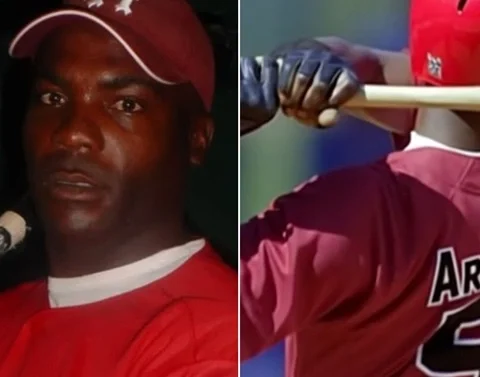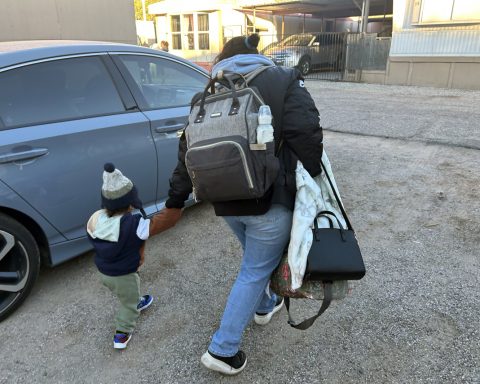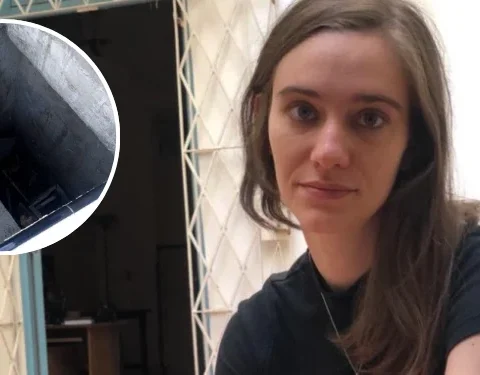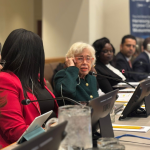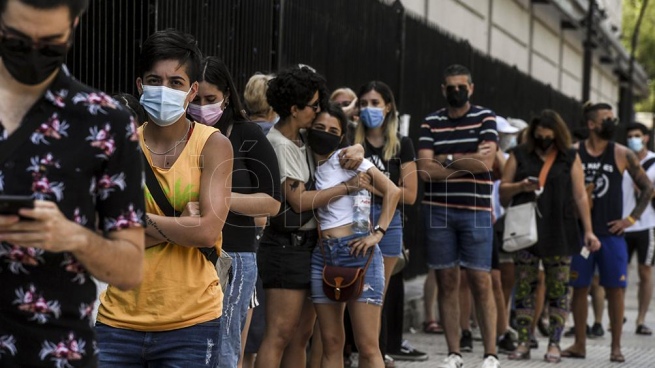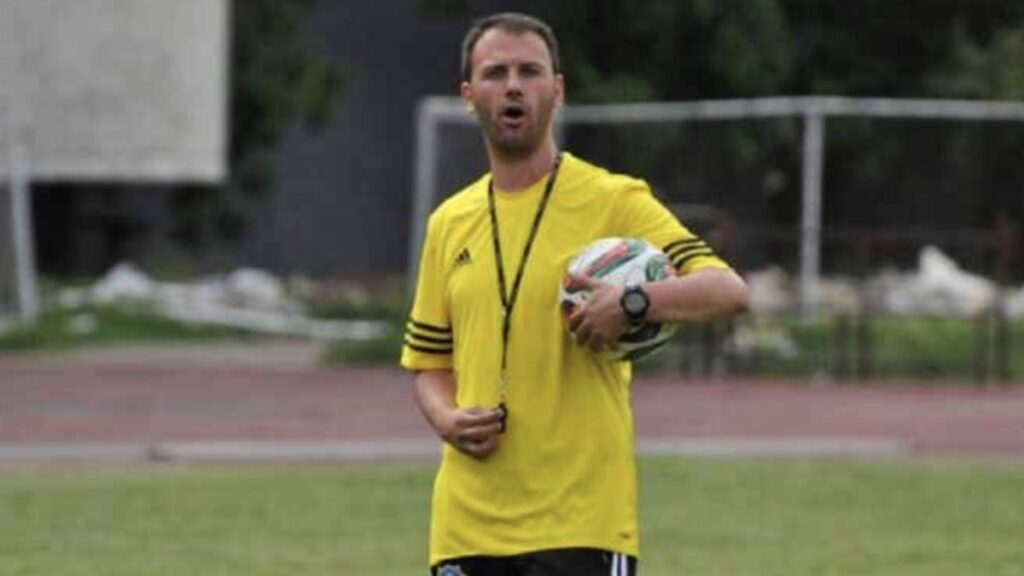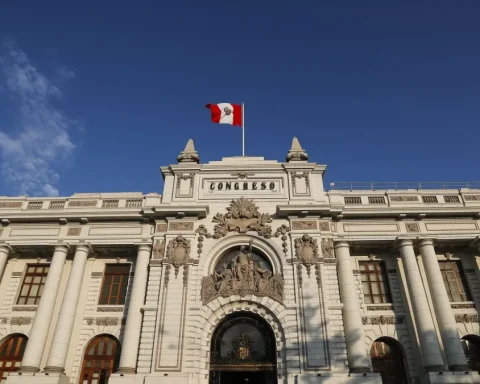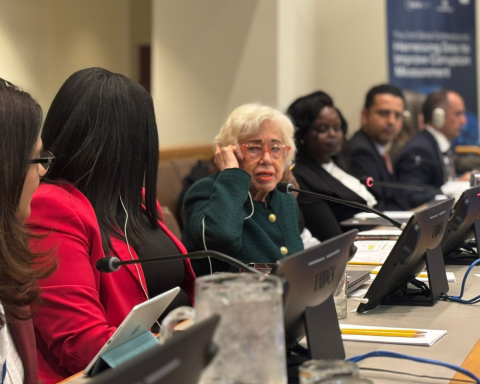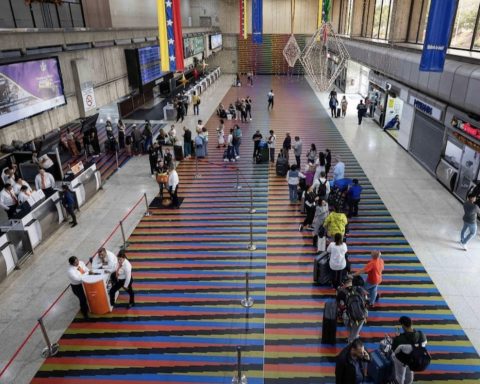Cuban sport in 2021 fought to prevail in the Olympic Games, the main competitive stage and high point of the four-year period. Only that battle was marked by the scourge of an additional adversary, as it has been in practically all spheres of life, Covid-19.
Then, the panorama was logically different, both from a competitive point of view, with an abrupt calendar or sui generis if you will, as in preparation, with training bases in bubble format here at home, restrictions due to risk. epidemiological; and then a similar context abroad, pressing every possible scenario of confrontation of our legionaries in detail.
With these initial variables, we have to go a bit into the field and track, a monster with 47 heads and the discipline that acquires the greatest prominence under the five rings, in which Cuba also has an enormous tradition and power; and as part of a campaign that was also marked in competitive terms, by other thermometers such as the Diamond League, the junior world championship, and the I Junior Pan American Games in Cali; in addition to a final stretch of five domestic controls as a strategy of the National Commission that constituted a weight meter in the search for qualifying marks and criteria for the conformation of the final Olympic payroll, in the absence of possible insertion in other scenarios for many tests.
Olympic Visor
We arrived in Tokyo with an initial entourage of 18 athletes, who could not patent from the beginning with the performance of the marvel of the triple jump Leyanis Pérez, a product of an injury, nor of his fellow specialty Andy Díaz, a similar cause; and Jordan Díaz, who left the entourage during the European tour.
In addition, the initial purpose of overcoming the solo bronze of the discóbola Denia Caballero in Rio 2016 was not a chimera, far from it. Then, radiographing the performance of the event itself, the long jumper Juan Miguel Echevarría (8.41) and his counterpart Maykel Massó (8.21) stood out, with an unprecedented double in that specialty; the discóbola Yaimé Pérez (65.72-bronze); trio contributor of medals, and in that sense the most notorious returns.
Beyond the awards podium, there are other very outstanding individual performances, such as those of Roxana Gómez with her phenomenal 49.71 seconds in the 400 meters, a mark that also placed her ninth on the top list of the campaign in a quiet test, led by the phenomenal Bahamian Shaunae miller-Uibo (48.36), and that opened the doors to an Olympic final, in which he could not finish due to … a muscular discomfort.
Or the two jumps of 14.70 meters materialized by the tripler Liadagmis Povea, fifth in one of the bloodiest triple jump finals she has ever witnessed, comparable to that of Beijing 2008, in which Yargeris Savigne also went without metals. By the way, Lia from my modest criteria, was one of the strongest athletes in our army throughout all of 2021.
In the rope of the notorious it is also necessary to place the female relay of the 4×400, which after prevailing in the Silesian World Cup, and patenting there laudable 3: 27.90 minutes, lowered that time to 3: 24.04, the second best of a post long Cuban female in history; and ninth of a campaign ruled, as usual, by the United States (3: 16.85).
Valid to add as a highlight the 54.99 seconds of Zurian Echevarría from Santiago at 400 c / v; lowering his personal cap by a hundredth.
But when it comes to records, you cannot turn your back on the 1: 56.28 of the eight century Rose Mary Almanza, valid to anchor third of the annual list commanded by the American phenomenon named Athing Mu (1: 55.04). Although Rose Mary still has the Olympism as a pending issue, since not qualifying for the final in Tokyo was left as a debt, and at variance with what she exhibited during the season.
As well as deficit were the returns of Denia and the high jumper Luis Enrique Zayas, who after a 2020 in which he flew over the rod above 2.33, did not exceed 2.27 in 2021, and that not exactly in the Japanese capital, where incoordination in his impulse race, and physical discomfort threatened a better performance.
Here also avoid the eighth place of Yarisley Silva (4.55), which although it was far from his best records, granted him another year of presence in the elite of a discipline that increasingly patents greater rivalry and quality.
https://www.youtube.com/watch?v=eo896phzExo
The quarry
The athletic relay, regardless of the obstacles faced during its preparatory process to face the Nairobi youth world championship; and then the I Junior Pan American Games in Cali, Colombia, has left a hopeful flavor in this year that ended.
Efficiency was a word of order for our World Cup players in the capital of Kenya, where with the spoils of a title and two bronzes they left their mark, in addition to the condition of the hammer player Ronald Mencía as the seventh finalist (71.60 and before 74.98 in preliminaries); and the disqualification of the eight hundredth Melanie Cooper when she finished first in her semifinal heat and second among all the riders (2: 09.06 minutes).
Then the Cali thermometer would come, in which 100% of their returns were not required from our representatives, essentially due to the fact of not having faced a preparation with all those of the law, and having tried to get fit in a short cycle of just over eight weeks.
Then they broke into coffee lands, culminating in seconds (9-6-3) of the medal table of the discipline to the Brazilian escort (10-12-8) and with not a few notable demonstrations. Here I open a parenthesis for a reflection, especially when our nine aces from Cali will have the possibility of fighting in the Pan American Games in Santiago de Chile 2023:
In recent years, I would say that in the last two Olympic cycles with greater expression, it has cost a lot the stability of figures and the leap in quality to the elite when many of our athletes are going to materialize the category change. In cadet and youth ages they stand out as true stars and then suffer stagnation, or their progression curve does not consolidate.
In this phenomenon, which is not exclusive to the field and track, you cannot turn your back on other latent elements, such as the growing exodus of athletes, now with greater expression from that age group or in frank training; and other issues associated with knowledge, methodology, development infrastructure …
Looking a little more in detail at the quarry, we find that Silinda Morales (26-63.17 meters), and Melanie Matheus (60-59.34) are in quite flattering positions when launching the disc, especially when they are only 21 and 20 years old.
But without a doubt, the best talent in the sport of Rey in Cuba is the triplet Leyanis Pérez. His 14.53 meters make him easily command the top of the specialty among juniors, in addition to deserving him the 13th seat among seniors.
Leyanis patented its success in Cali with an enviable sequence of 14.22-14.23-14.39-14.34 and 14.12 meters reaffirming its considerable quality.
Also in the plane of outstanding the heights of the sprinter Shainer Rengifo (10.29 seconds in the hectometer and 20.58 in 200 meters); the ballista Juan Carley Vázquez (17.85 with an adult bullet), and 19.84 with the six kilogram bullet; the 13.07 seconds of the short hurdler Greisys Robles; and the 60.84 meters of the javelin player Yiselena Ballar.
To which is added the 67.47 of the martillista Yaritza Martínez; Yoao Illas’ 50.91 at 400 c / v; and 57.20 of his teammate Ariliannis Colás; just to mention some of the most outstanding.
So there is talent to work, mold, sculpt, accompany their growth in detail and equip them with all possible tools until they materialize their definitive insertion into the elite.
Questions
Questions, leaves several the curtain of the year that ends. Because precisely the improvement and evolution goes through questions and the ability to correct mistakes along the way.
It is indisputably necessary to better prepare our athletes for competitions that exceed more than one day. In domestic controls they only patent a sequence, and sometimes they do not execute all of the attempts, I mean both the jumping and throwing events, as well as the races, where only two do not sometimes correspond to the three of a World Cup or Olympic Games, in case the athlete in question does not have to do the relay as well.
Then there is an urgent need for recovery work and fine-tuning of physical and muscular capacities in order to prevent and avoid discomfort, either before or during a specific competition.
It will also be necessary to try to mitigate the exodus of athletes, or to patent greater stability of figures in certain events, especially if they enjoy historical tradition and prestige.
It is known that other times run, that decisions are based on the individuality of the athlete or a specific event, sometimes associated with discipline, or performance … But, the search for the best variant, or solution to a specific conflict will always derive in both individual and sport satisfaction.
Here I would like to see the option of inserting some of our figures into clubs, if possible and under the protection of the Federation, with the specificities that the policy for hiring athletes contains. Let us remember that we are in the presence of the King Sport, the one that leaves the greatest loot of medals individually in any multiple event.
And I am not only saying it because of this question, but also because of the work with the quarry that wants early categories, the conjugation of knowledge and that transition that we want to be as fluid as possible.
In this sense, it would be extremely satisfactory to materialize the idea of rescuing the National ESPA, and for territories such as Camagüey, Villa Clara and Las Tunas to function as species of sub-branches or academies subordinate to CEAR Cardín and the national preselection.
It is also necessary to train our coaches, try to keep pace with the advances in the world regarding planning, training systems, biomechanics and science applied to the development of sport, mainly in areas such as speed and middle distance.
Here are some questions that could contribute in favor of continuing to solidify the work and prestige of Cuban athletics.
In short, we are all committed to a growth in the discipline, and to preserve, between races, jumps, and throws, the solidity that Cuba has shown for years. And see if the spell of the absence of Olympic titles, which we have suffered since Beijing 2008 with the scepters of Dayron Robles and Yipsi Moreno, is broken in Paris 2024.

